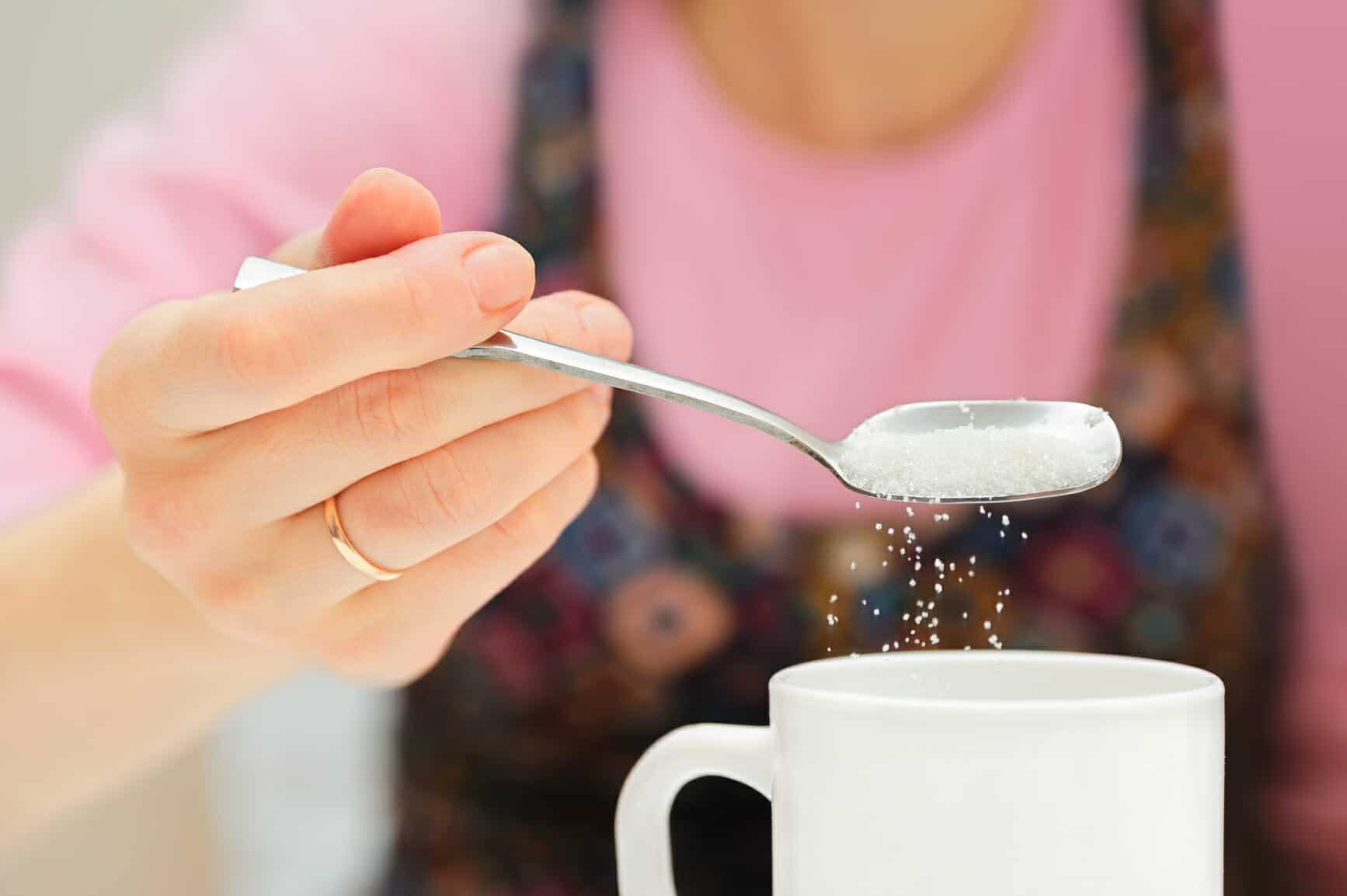Here’s a real conversation overheard in office corridor (first names have been changed):
Jan: What’s wrong, Anna?
Anna: My son’s teacher just called. She insists we meet today. I don’t think I want to hear what she has to say.
Jan: It’s Adam, isn’t it? What did he do this time?
Anna: They had a speaker for Science class. According to the teacher, even before the speaker opened question period, Adam was already raising his hands and blurting out his questions. And then, when the speaker tried to answer, Adam would interrupt him. This went on for five minutes until the teacher had to ask someone from the office to take Adam out of the room. I’m so tired of this.
…sadly, conversations just like this are happening thousands of times a day. Families are trying to cope with a child, or children, who have ADD; and it’s an uphill challenge for sure. It’s also a long-term challenge, because 60% of children carry the symptoms of ADD into adulthood. Doctors Ruth Nass and Fern Leventhal say that conservative estimates put the number of school-age children affected by ADD at 3% to 5%. Some reports, however, suggest that the number is significantly higher — about 10% to 18%. Translated into raw figures, that means between 2 and 13 million American children have ADD. To state it another way, one child in every American classroom has the condition (100 Questions and Answers about Your Child’s Attention Deficit Hyperactivity Disorder, 2005). Symptoms of Childhood ADD Symptoms of childhood ADD can include failure to pay attention in class, committing careless errors in schoolwork or other activities, not listening when spoken to, refusing to join in tasks requiring sustained attention, frequent distractions, fidgeting with hands and feet, appearing to be “on the go” constantly, and interrupting others. Coping with Your Child’s ADD Once the ADD diagnosis is medically confirmed, the next step is often a pharmaceutical one. Stimulants are usually the first choice of treatment, and in spite of some bad press, some studies are showing that stimulants, when taken as prescribed, have improved some ADD symptoms and have little or no side effects on brain development. Doctors Nass and Leventhal say that stimulants as medication have been effective for all ages, and its effects are usually clear: the child is less fidgety, is able to focus, stays with the task, and is less impulsive. Teachers are also able to tell whether the child is improving as a result of medication. Another way of coping is an IEP (individualized education program). Either a parent(s) or teacher(s) can request a committee on special education to draw up an IEP. This can be a time consuming process, but it widely considered a step in the right direction when it comes to supporting children with ADD, and their families. Psychologists, family therapists, and special education experts are often the team of people that families count on when dealing with childhood ADD. There are also parent groups such as the CHADD (Children and Adults with Attention Deficit Disorders), and the LDA (Learning Disabilities Association of America), to name a few. For behavioral problems, these web sites may provide information:
- https://www.troubled-teenagers.org/
- https://www.accesseric.org:81/resources/parent/bullying.html
- www.pta.org/programs/sycsch.html/Helping
Finally, many books have been written on ADD. Ask your local library or bookstore, or better yet, your healthcare professional for literature. As with all health conditions, from ADD to Alzheimer’s, education is the key to coping with the disease. While a cure for ADD may not be readily available, the more you know, the better equipped you’ll be to meet your child’s ADD challenge head on.






Reply